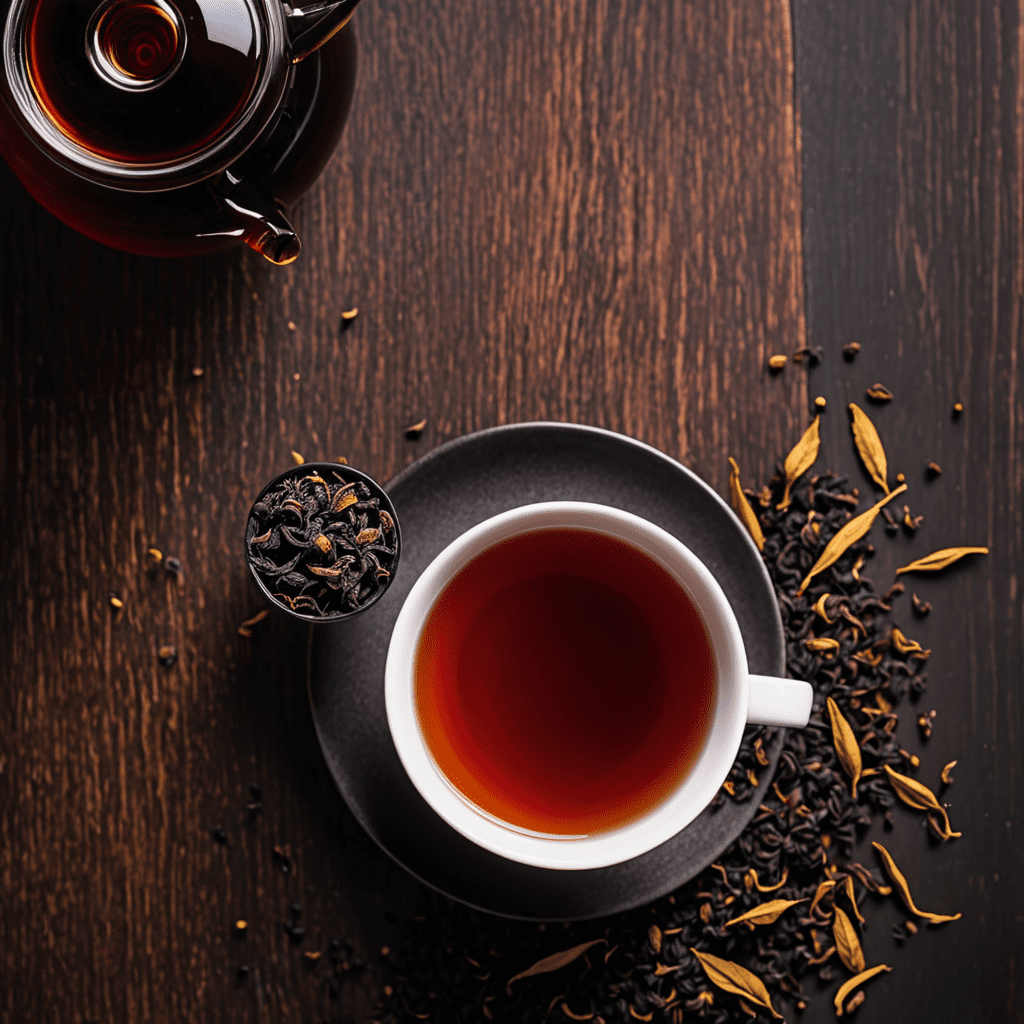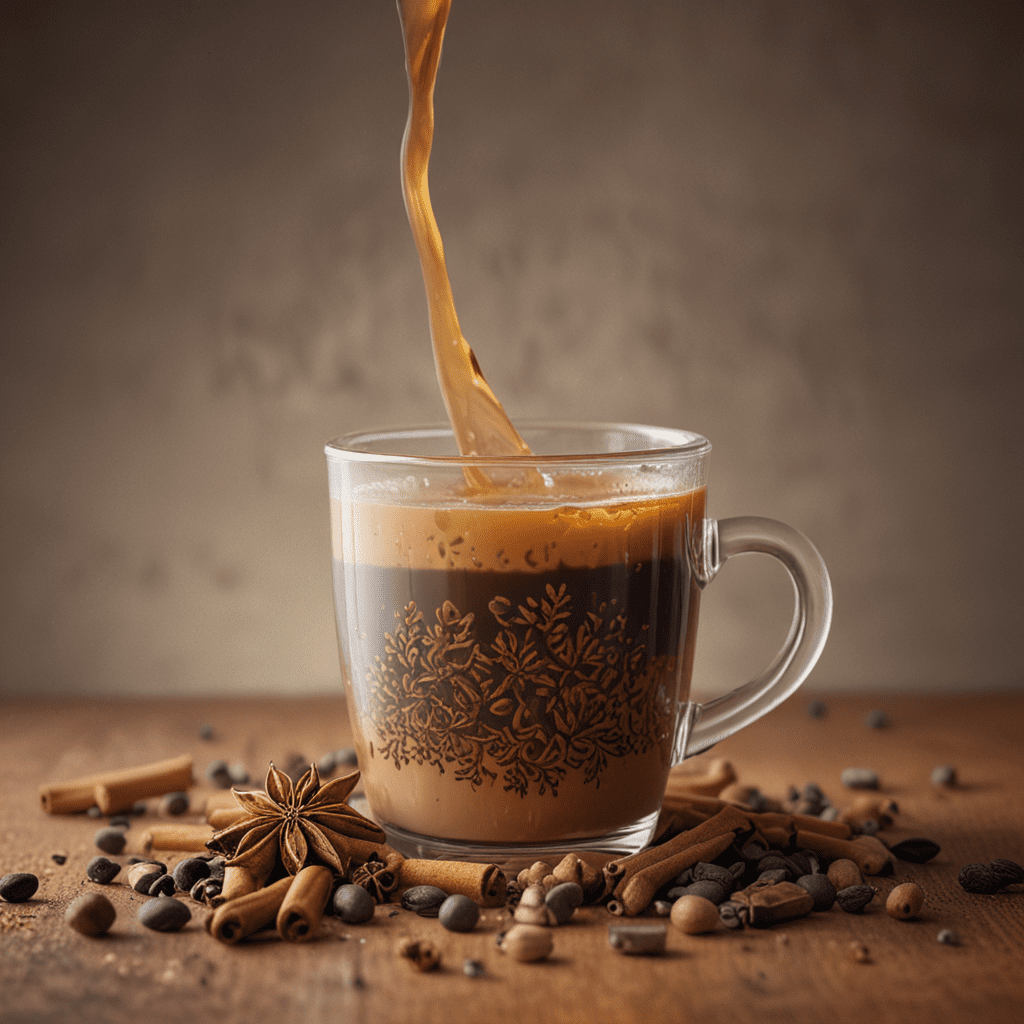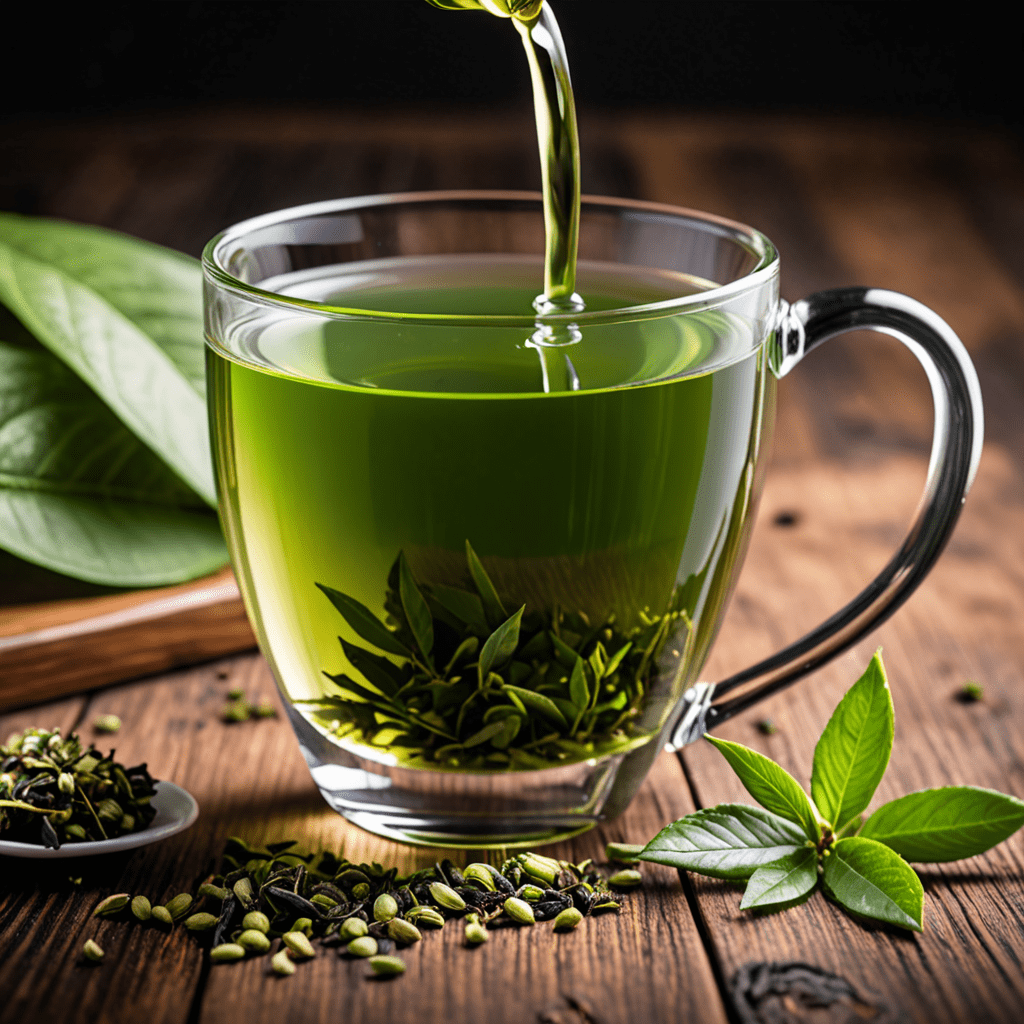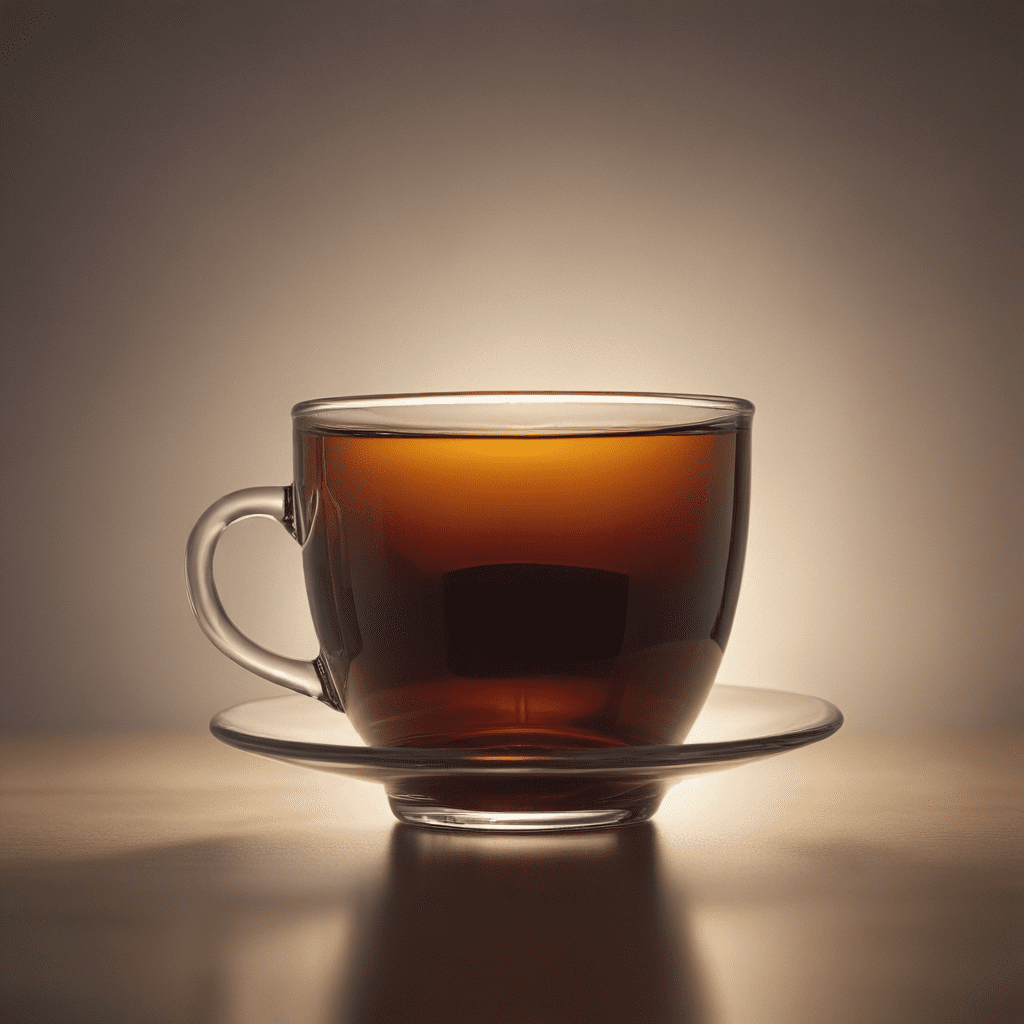
The Enigmatic Hue of Black Tea: Unveiling its Rich Color Palette
Understanding Black Tea’s Color
Black tea, derived from the leaves of the Camellia sinensis plant, exhibits a captivating range of hues that reflect its unique properties and processing techniques. Let’s delve into the mesmerizing world of black tea colors!
Factors Influencing Black Tea’s Color
Various factors contribute to the color variation in black tea, including:
- Leaf Cultivar
- Processing Techniques
- Post-Fermentation Processes
- Growing Conditions
Common Colors of Black Tea
Black tea can exhibit a wide range of colors, including:
- Amber: A reddish-brown hue resembling aged amber, often found in heavily oxidized black teas.
- Chestnut: A warm brown shade resembling the color of chestnuts, found in medium-oxidized black teas.
- Mahogany: A rich, dark brown color reminiscent of mahogany wood, often seen in lightly oxidized black teas.
- Golden: A bright, golden-amber hue found in teas with a high concentration of buds or tips.
Black Tea Grades and Color Intensity
Black tea grades can also influence the color intensity. Here are some examples:
- Broken Orange Pekoe (BOP): Exhibits a deep, dark color.
- Flowery Broken Orange Pekoe (FBOP): Displays a vibrant hue with golden or reddish tones.
- Tippy Golden Flowery Orange Pekoe (TGFOP): Presents a bright, golden color.
Internal and External Factors Impacting Black Tea’s Color
The color of black tea can be influenced by both internal and external factors, such as:
- Chemical Composition of the Tea Leaves
- Water Quality
- Infusion Time and Temperature
Storage and Aging Effects on Black Tea’s Color
When properly stored, black tea can undergo subtle color changes over time, gaining complexity and richness as it ages.
Frequently Asked Questions (FAQ)
Q: Can black tea ever appear green in color?
A: No, black tea is oxidized, which turns the leaves dark, and it will not exhibit a green color.
Q: Why does the color of black tea vary from batch to batch?
A: The natural variation in tea cultivars, processing methods, and growing conditions can result in different colors from batch to batch.
Q: How can I enhance the color of my black tea infusion?
A: To intensify the color of your black tea infusion, try increasing the steeping time or using slightly hotter water.
Q: Does the color of black tea affect its taste?
A: While the color of black tea may influence our perception, it is primarily the result of processing and does not directly impact its taste.
Q: Are there any color indicators of black tea quality?
A: While color can provide some insights into the tea’s processing and grade, assessing black tea quality requires a comprehensive evaluation that includes aroma, taste, and overall appearance.
Q: Can I blend different colored black teas together?
A: Absolutely! Blending different colored black teas can create unique flavor profiles and visual experiences.
Q: How can I describe the color of black tea to others?
A: When describing black tea color, you can use terms like amber, chestnut, mahogany, or golden depending on its appearance.


